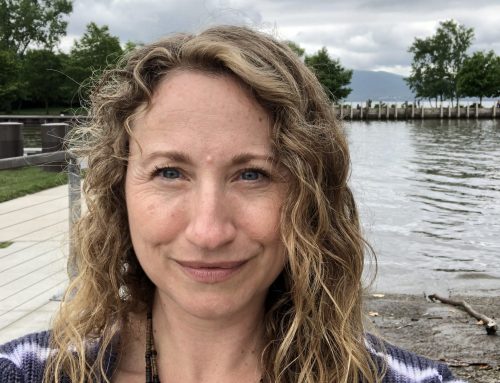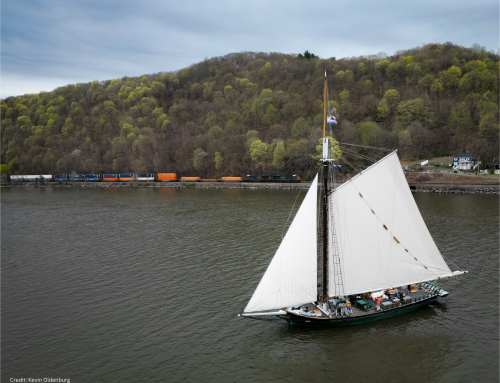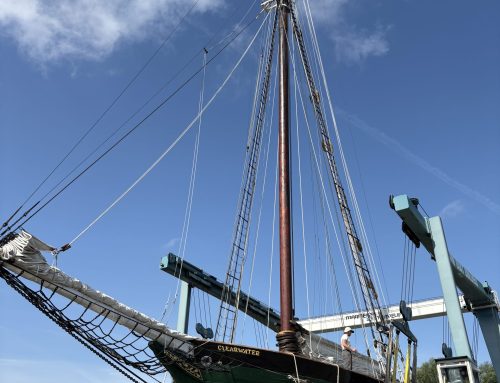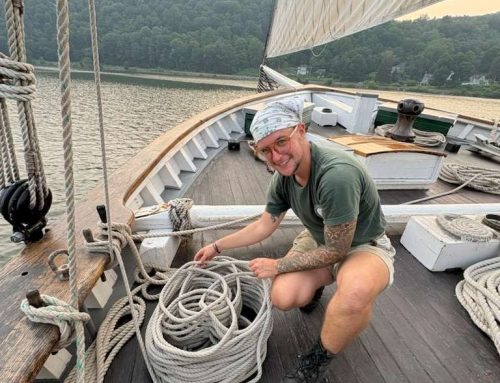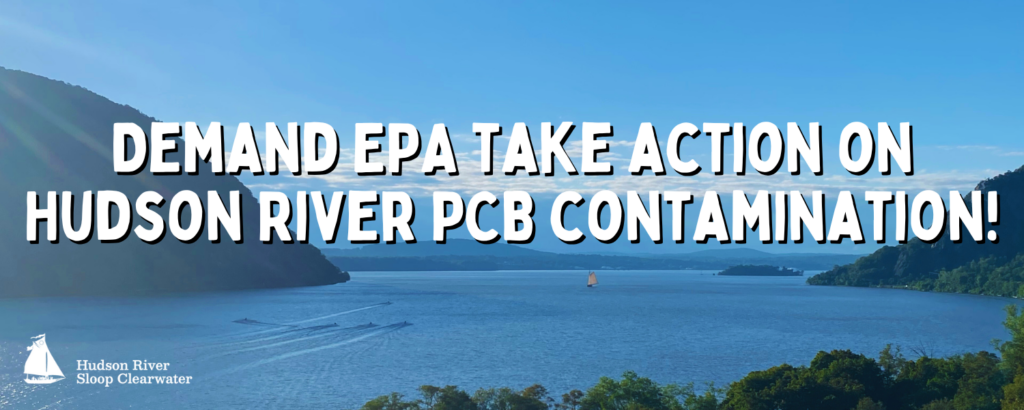
For 70 years, 200 miles of the Hudson River has been contaminated by toxic PCBs released by General Electric making our river one of the largest Superfund Sites in the United States. As required by the Record of Decision, PCBs were removed from “hot spots” in the upper river from 2009 to 2015 followed by monitored natural recovery. These actions were expected to result in clear decreases in PCB concentrations in the river over the short and long term. Despite dredging, concentrations of PCBs have not reduced as anticipated, and the five-year (2020) goal of an average concentration of 0.4 mg/kg of PCBs in fish filet was missed.
In July, the Environmental Protection Agency released a Hudson River PCBs Superfund Site Draft Third Five-Year Review (FYR) to evaluate if the cleanup is protective of human health and the environment, stating a “protectiveness determination” cannot yet be made without additional information. This determination is in direct conflict with the EPA’s own data, which shows concentrations are not decreasing as anticipated, and the first 5-year milestone was missed.
Across the region, stringent fish consumption advisories remain in place, and many rely on the Hudson River as a primary or secondary source of protein. Every missed milestone continues to place the burden of PCB contamination on the people and families who eat fish from the Hudson River.
EPA must acknowledge the cleanup so far is “not protective” and immediately begin investigating what must be done to get the cleanup back on track. The health of the Hudson River and Hudson Valley/NYC communities is at stake, and General Electric must be held accountable.
Submit a public comment to EPA on the draft third five-year review by November 7 expressing your questions and concerns about the clean up, and calling for a “not protective” determination. View sample comment + directions.
- Submit comments addressed to Gary Klawinski, Director of EPA Region 2:
- Via email at epahrfo@outlook.com
- By mail to Gary Klawinski, Director EPA Region 2, Hudson River Office 187 Wolf Road, Suite 303 Albany, NY 12205.
If you submit a comment, please let us know! Copy our Environmental Action Director, Jen Benson in your email comment, or mail us a copy of your comment!
Sample Public Comments on the Draft Five-Year Review of the Hudson River PCB Superfund Cleanup
Join Clearwater in demanding that the EPA acknowledge that the Upper Hudson River cleanup has failed to meet the goals and objectives of the original cleanup plan, and urge EPA to adopt a "not protective determination" in the third five-year review.
Dear Director Klawinksi,
My name is and I live in and am writing regarding the draft third Five-Year Review of the Hudson River PCB Superfund cleanup.
From the 1940s to the 1970s, General Electric released toxic PCBs into the Hudson River contaminating sediment, water, and wildlife, along 200 miles of the Hudson River from Hudson Falls to NYNJ Harbor, creating one of the largest Superfund Sites in the United States.
Despite dredging of contamination "hot spots" in the upper Hudson River, EPA's own fish data demonstrates the cleanup has not reduced PCB concentrations as anticipated, and missed the five-year (2020) goal of an average concentration of 0.4 mg/kg of PCBs in fish filet.
The conclusion in the July 10 Hudson River PCBs Superfund Site Draft Third Five-Year Review (FYR) that a "protectiveness determination" cannot yet be made without additional information is irresponsible and of great concern to me. This flies in the face of the intent of the Superfund program, which is meant to hold responsible parties accountable, not pass the burden onto communities.
Across NYC and the Hudson Valley, stringent fish consumption advisories remain in place, and many in our communities rely on the Hudson River as a primary or secondary source of protein. Every missed milestone continues to place the burden of PCB contamination on the people and families who eat fish from the Hudson River.
EPA must acknowledge the cleanup so far is "not protective" and immediately begin investigating what must be done to get the cleanup back on track. The health of the Hudson River and Hudson Valley/NYC communities is at stake, and General Electric must be held accountable.
Sincerely,

